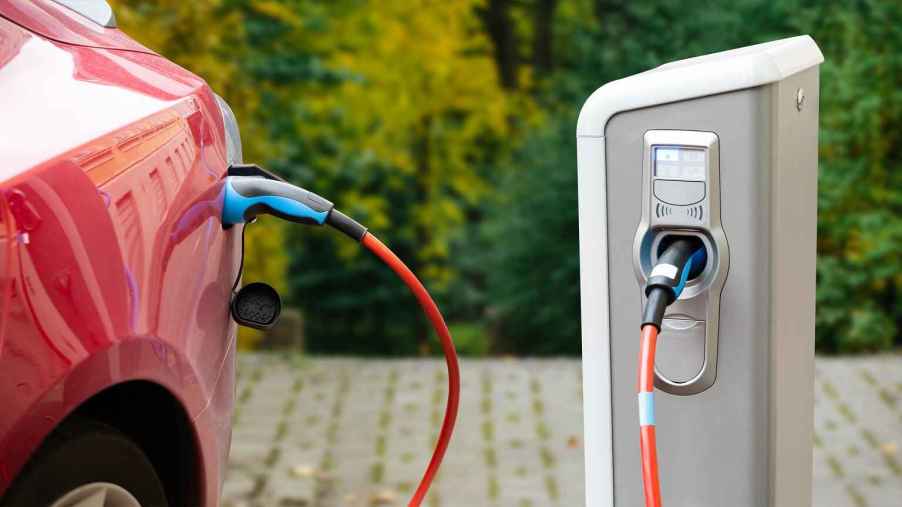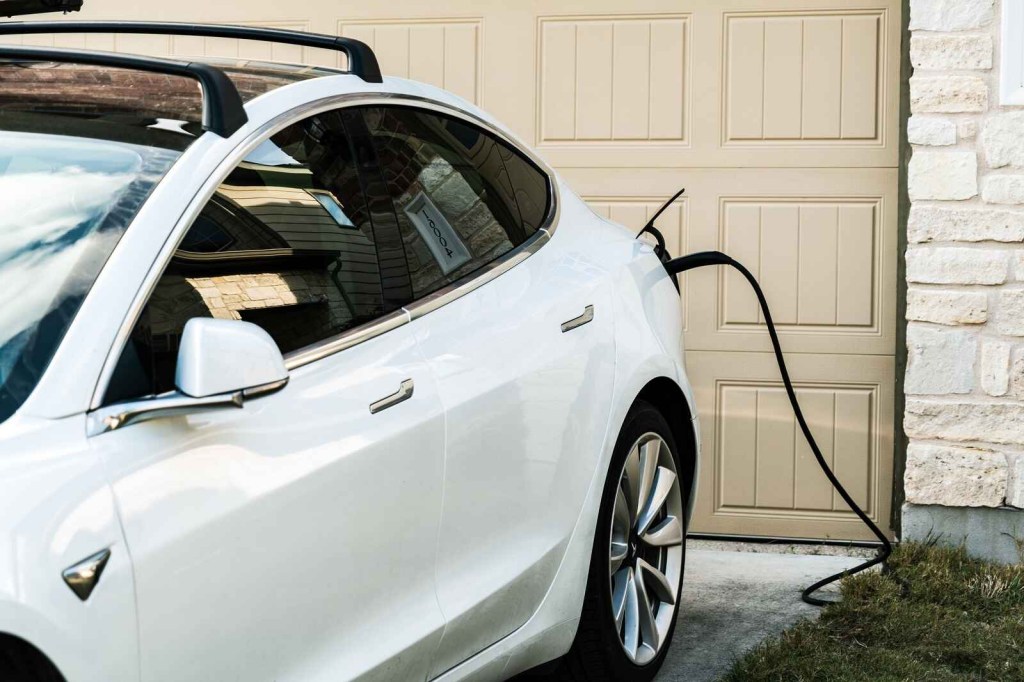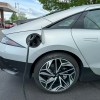
EVs Might Have Cheaper Price Tags Than ICE Cars by 2027, but We’ll All Pay Back the Difference Anyway
Gartner is a technological research and business consulting firm that publishes reports on various industries. Gartner previously believed EVs that are as cheap as ICEs would require a more affordable battery technology, but is now amending its prediction. The firm says cheaper manufacturing techniques will make EV prices comparable–or cheaper than–ICE vehicles by 2027. The catch is much higher insurance premiums. Probably for all of us.
One upcoming change Gartner identified is centralized vehicle architectures. Many automakers are trying to use a powerful central computer and higher speed networks to replace the systems spread throughout vehicles. I’ll say this shift is certainly coming. But those who aren’t in the automotive industry might be surprised how long it will take to develop a centralized architecture that is as secure and reliable as the purpose-built chips spread throughout a modern car.
Another shift Gartner identified is Tesla’s “Gigacasting” system. Elon Musk has been pioneering larger and larger aluminum die casting machines to manufacture Tesla’s vehicles. The upcoming “Redwood” project will use a single huge press to cast the floor subframe of Tesla’s new compact car. This subframe will probably contain the battery and all the other chassis components.

This technology promises to increase the speed at which we can build both electric and traditional vehicles, while producing them for much less money. And I’m all for that! It may be the best way to drive down the cost of EVs until we come up with a cheaper battery chemistry. Obviously, soon after we’ll see traditional gasoline cars made in the same way, so they’ll grow cheaper still. But it will have a major downside. You could say it will result in more “disposable” cars.
What Gartner identified was the higher cost of repairs after accidents. Any damage to a “Gigacast” vehicle’s subframe or battery will cost a lot to repair. I’d add that damage to a central computer system could also be prohibitively expensive. The result will be more “totaled” cars that insurance companies decide to just write off after an accident.
Gartner speculates that insurance companies might level higher premiums at drivers, or even refuse to insure certain makes and models. Elon Musk is dreaming of selling 300 million units of his new super-cheap EV globally. If he achieves even a fraction of those numbers, no insurance company in the world will be able to afford to turn all its drives away. Other OEMs will need to roll out a similar “disposable” EV to be competitive. So honestly, we’re probably looking at higher insurance premiums for all of us.
I am all for cheaper EVs. But one reason we need to go electric is sustainability. And selling millions of new cars designed to wear out quickly is not a very sustainable solution to our transportation problem.
Here’s the thing about EVs: they have a fraction of the moving parts of traditional cars. I am confident that the next generation of models could be engineered to last one million miles, or even more. And those are the vehicles that could make a real difference in our total emissions. In addition, such a long-lived vehicle, running on electricity instead of gas, could significantly reduce the cost-per-mile for every driver. But building fewer cars is not something automakers will volunteer to do. Its something we must demand of them.
Next, read how some current EVs are outrunning range anxiety, or see how long current EV batteries actually last in the video below:





